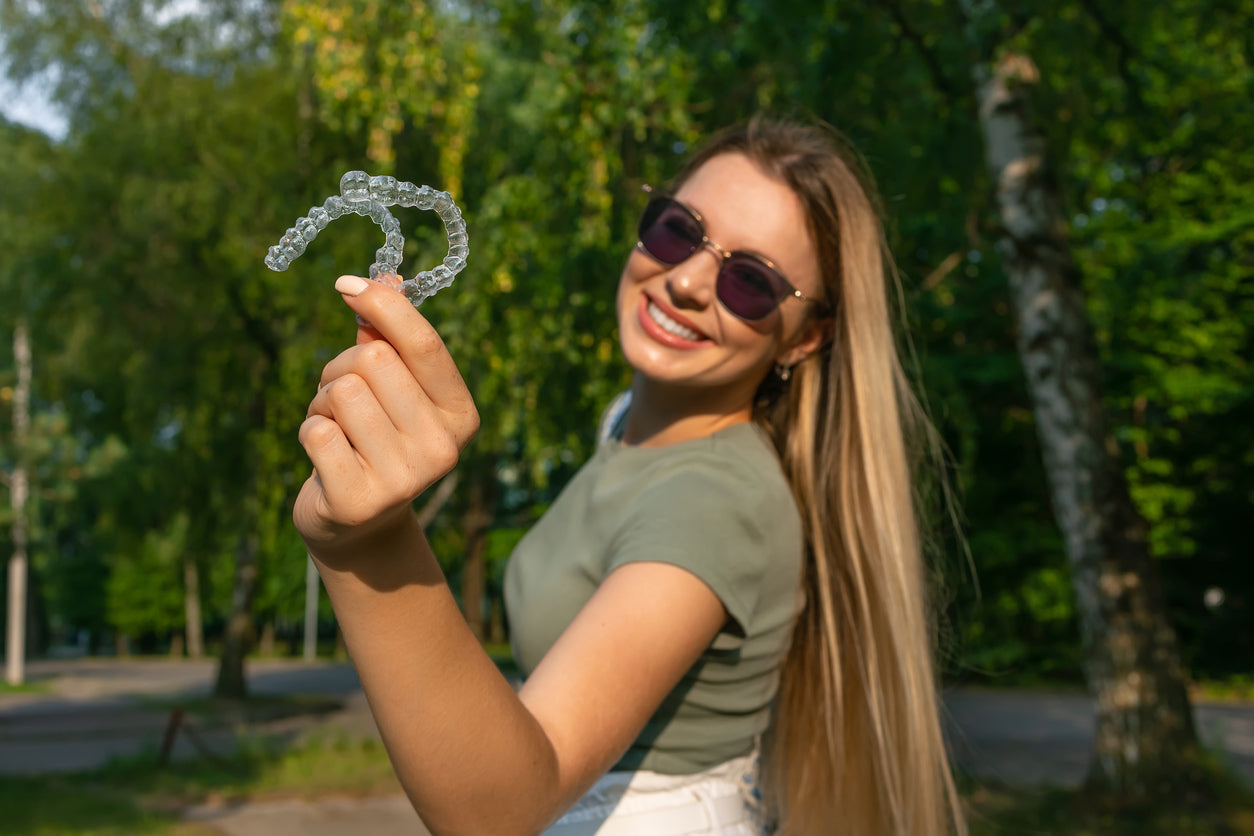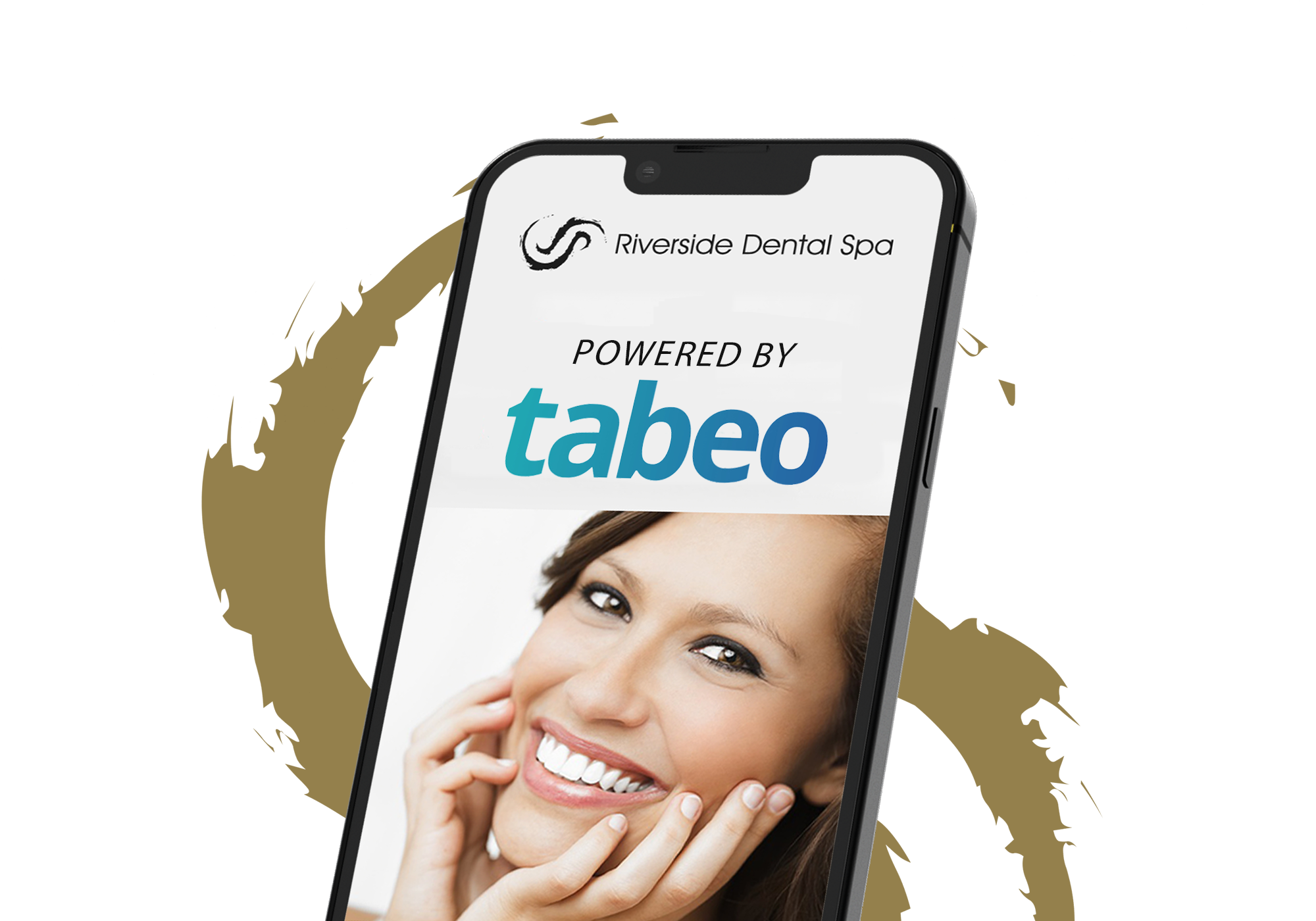If your skin is looking a little lacklustre, or you are worried about wrinkles, acne scars or uneven pigmentation, a skin peel might be just what you need. The Obagi Blue Peel RADIANCE uses a low concentration of Trichloroacetic Chemical Acid (TCA) mixed with a special blue base to remove damaged surface layers of skin and expose a fresher and brighter complexion. If this sounds like a treatment that could benefit you, please read on to find out more about how this peel can revitalise your skin.
How do you know if you need a skin peel?
Treatments such as the Obagi Blue Peel are specialised, professional cosmetic treatments that should only be delivered by highly trained aesthetic practitioners. This means you will need to come into our practice to have your peel treatment, but this also guarantees you’ll receive the very best care and advice on aftercare. If you’re not sure whether a peel would be beneficial to you, take a look at this list of skincare issues that an Obagi blue chemical peel can address:
- Hyperpigmentation - helps to reduce dark spots, sun damage, and uneven skin tone.
- Fine lines and wrinkles - reduces the appearance of fine lines and wrinkles by promoting collagen production.
- Acne and acne scars - reduces acne and the appearance of acne scars by exfoliating the top layers of skin and clearing pores.
- Rough skin texture - improves skin texture by removing dead skin cells, resulting in smoother skin.
- Large pores - minimises the appearance of enlarged pores by deep cleansing and refining the skin's surface.
- Melasma - helps lighten melasma, which is characterised by brown or grey patches on the skin.
- General skin rejuvenation - enhances overall skin radiance and youthfulness by promoting cell turnover and revealing fresher, healthier skin.
What areas of skin can an Obagi Blue Peel target?
The great news is that this peel can be used to target almost any area of damaged skin. Most typically it will be used to treat the face but can also be safely used to target the following areas: face, neck, chest, back, hands, arms and legs.
What does the process involve?
After an initial consultation to evaluate your skin type and suitability for the treatment, your peel treatment will be carried out, in a relatively short period of time - earning it the coveted nickname of the ‘new lunchtime peel’. After cleansing your skin to remove any makeup, oil or impurities, our aesthetics practitioner will apply an even application of the peel solution to the troublesome area, monitoring the blue tint to ensure it is applied uniformly and to the correct depth. Once the desired depth is achieved, the peel is neutralised to stop the chemical reaction and a soothing ointment is applied to the skin to aid the healing process.
Post treatment, your skin will go through a peeling phase, which is completely normal. This can last a few days or weeks depending on the depth of the peel and you might experience redness, flaking or swelling. Before you leave our practice following your treatment you will be provided with aftercare guidance to minimise any discomfort and as your skin heals you should see improved texture, tone, and clarity.
Generally, we advise a course of four to six treatments to see the best results, though these will be placed several weeks apart to allow your skin to heal in between treatments.
Book your Obagi Blue Peel treatment at Riverside Dental Spa
At Riverside Dental Spa we offer a friendly and caring approach to your skincare needs, taking our time to fully explain our treatments to you and making sure that we understand your requirements and expectations.
The Obagi Blue Peel RADIANCE is a popular treatment, due to its minimal downtime and effective results, so if you would like a boost for your skin, book in for your initial consultation today by either calling us on 020 7091 0677 or clicking here for to get in touch.



